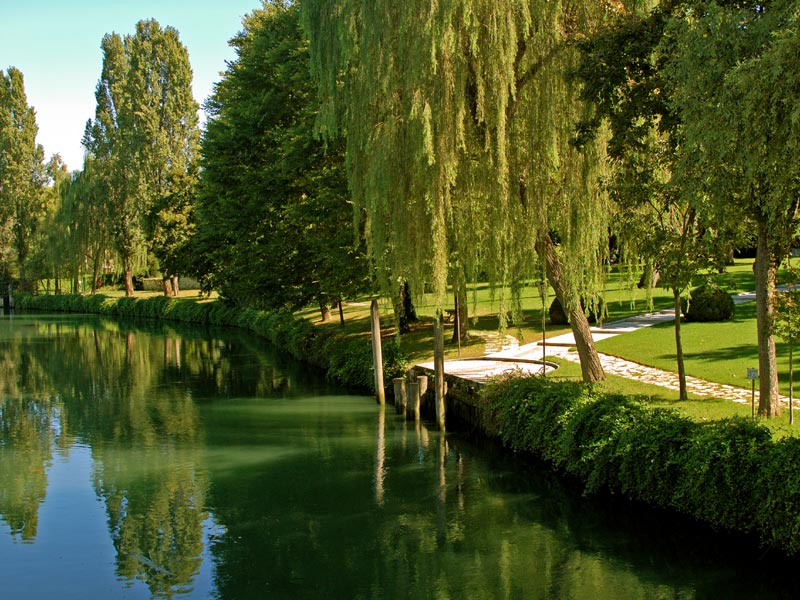The river and surrounding area
Rivers are often unifying elements and the truest key to interpreting historic, economic, artistic and technological events and the vocations and influences conditioning the regions they flow through on their journey from source to sea. Water, that particular water which flows in each river, is the most authentic interpreter of everyday life; a resource in itself and for the economy, a source of sustenance and income, essential in everyday work, vital for defence and an important communicating waterway. But the colour of the river, the sounds it makes, the temperature of the water, the speed of the current and the climate it generates are also reflected in the bustling world around it. The River is father, mother, brother, life, death, punishment - and god. And it is also voice, ambassador, messenger and omen. Those who live on the banks of a river all have something in common, wherever they come from, whatever latitude and whatever level of civilisation they have reached. Every river carries with it a destiny written in its waters. Talk to a man of the river, anyone living near even the smallest of streams, and you will understand how his story is grafted onto that of the river and the river is alive within him, for better and for worse, with all it brings and will bring with it.
The Sile is no exception.
Since the earliest times, its mild climate, navigable waters, proximity to the sea, copious outflow from the springs and abundant woods in the surrounding countryside (although similar, the landscape was different from that of today) attracted populations to the Sile where they settled along its banks. This is confirmed by numerous archaeological finds pointing to an important pile dwelling culture.
Although the area abounds with evidence of great upheavals in the wake of natural disasters, floods catastrophic enough to wipe out "civilisation and memory" for centuries afterwards, man continued to return to the river's banks and settle there, probably attracted by the very special nature of its waters and happy combination of environmental factors.
Formed 14-17,000 years ago when the glaciers withdrew, the ancient alluvial plain (a great gravel and clay "sponge" on which the area still "floats") with the Sile flowing at its centre was colonised by a succession of primitive people from the Stone Age, Bronze Age and Iron Age. Then came the Romans, the medieval Communes and the Veneto Republic, followed by the industrial age and the consumer age of our times.

Sant'Elena towards Casier
(photo by: Gianfranco Speranza)







